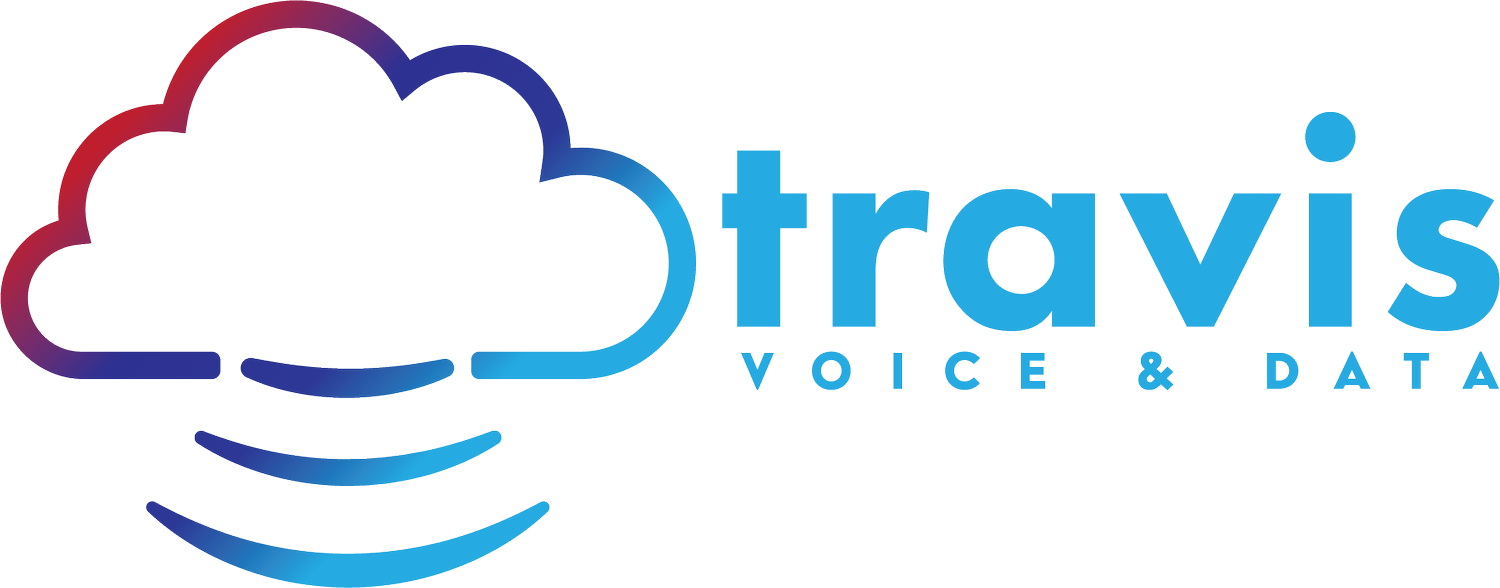
Network Data Cabling
With over 150 years of combined experience, Travis V&D can tackle your cabling needs. Be it 1 or 1,000 drops, our experienced team can provide you a professional installation that you can count on. Fiber? Not a problem! Our experts can not only run fiber but can connect it the traditional way. No shortcuts. No gimmicks. Our fiber optic cable is always tested and certified.
Whether you need structured or point to point cabling, we have a scalable solution to meet your needs. We can cable any building from a small office to a large campus. Our technicians take pride in their work no matter the size of the job. Our cables are always dressed and labeled on both ends for easy maintenance and trouble shooting.
We do our own work! We know who will be on site! We finish what we start!
We Specialize In
Structured Cabling | Network Data Cabling | Point-to-Point Cabling | & More!
What is Network Data Cabling?
Network Cabling is divided into two categories: Structured Cabling and Point to Point Cabling. The method that is used depends on the size of building and networking need.
What is Structured Cabling?
Structured Cabling can be found in single buildings or span across an entire campus. This is what makes it so important because of its capability to withstand the rapid changes that technology brings.
Structured Cabling components might include twisted pair and optical cabling as well as patch panels and patch cables. The structured cabling system begins at the point where the service provider (SP) terminates. This point is the point of demarcation (demarc) or Network Interface Device (NID).
What is Point to Point Cabling?
This is a simple solution that makes it easy to move points when used on a smaller scale. It is the perfect solution for systems that are not needing to scale up or expand to a larger campus.
When You Should Use Structured Cabling:
Structured Cabling differs from the former point-to-point cabling, which connected every piece of hardware to its own cable. Structured Cabling is not device dependent.
This makes structured cabling superior for larger networks because of the ability to easily find and solve a problem without having to sort through hundreds of cables that are both identical and likely unlabeled to find the one cable you need to fix.
Structured Cabling gives users:
✅ More bandwidth
✅ Less cables overall
✅ The ability to adapt to technology
✅ Faster speeds
✅ Cleaner look
Commonly Used Cables
Twisted Pair Cable
Our Twisted Pair cabling is most commonly used for our phone and modern ethernet cabling jobs. They will come in the form of shield twisted pair (STP) and unshielded twisted pair (UTP). For our cabling jobs, we use:
✅ Cat 5e
✅ Cat 6
✅ Cat 3
Fiber Optic Cable
Fiber Optic cabling is the perfect solution for long distance jobs. They are made up of optical fibers that carry images and signals across a building or campus.
One of the benefits of using a fiber optic cable includes the ability for light to travel a longer distance without losing much strength.
Coaxial Cable
Coaxial cables are highly used by phone and internet companies. The shielded design helps the coper core transmit data while protecting against interference and damage.
They have a wide range of use including Voice & Data, Television, Broadband Internet, and Computer Data.
Benefits of Using Travis Voice & Data
✅ We Test Each Cable
✅ Labeled at Both End of Cable
✅ We Take Pride in Our Dressing Job
✅ Discounts Are Available
Up to Date on Local Codes







